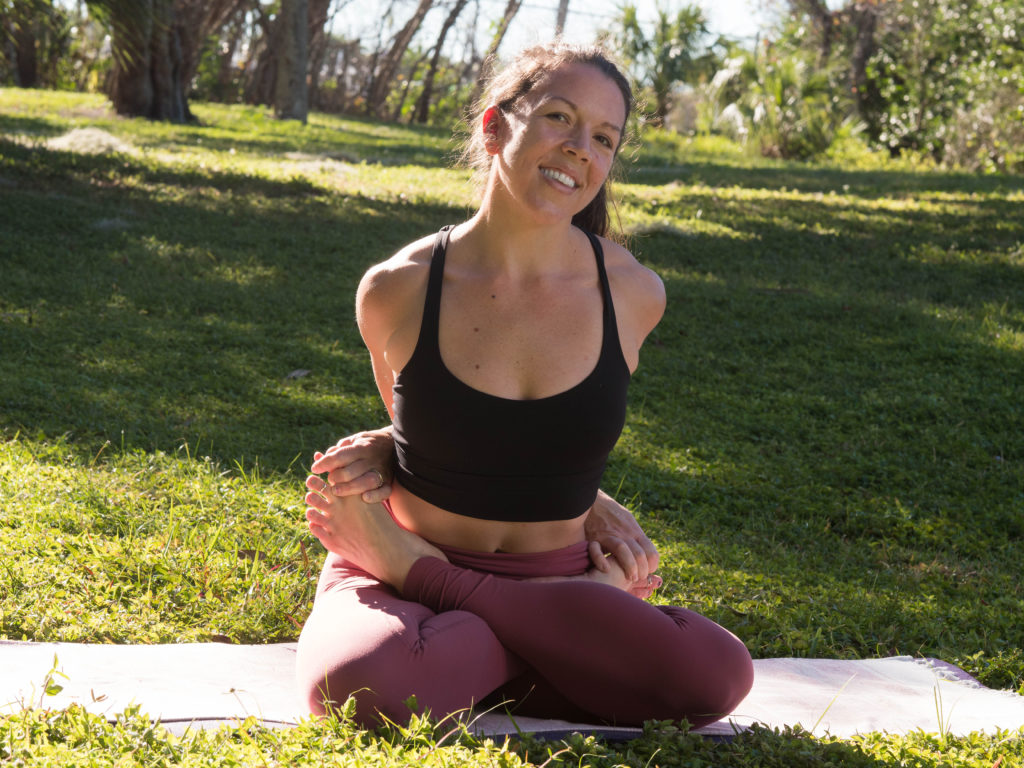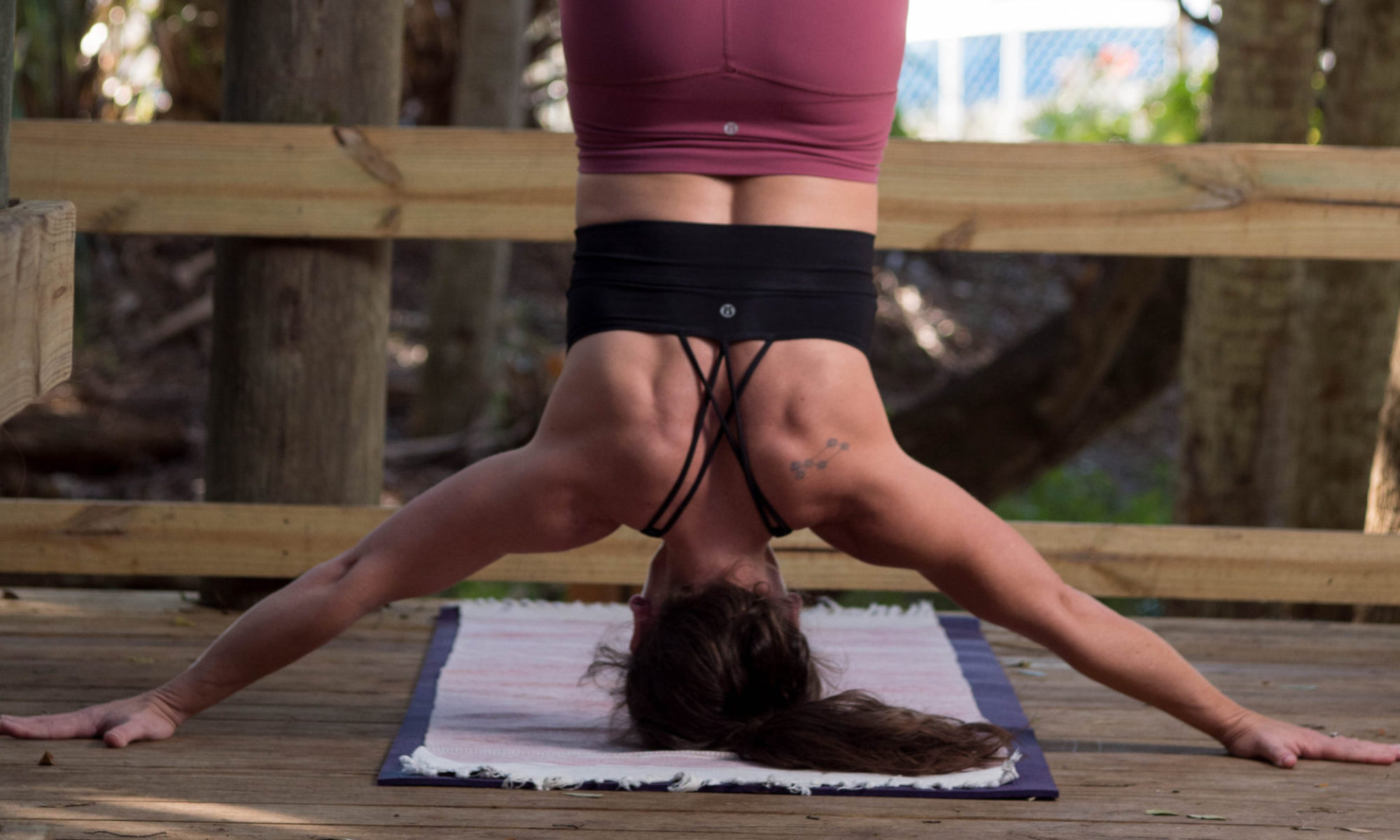The second niyama, saṃtoṣa, requires the yogi to practice contentment in all situations, in every moment. This practice can bring about clarity of heart and mind. It opens the aspirant to the vast network of connectivity which weaves the fibers of existence together.
The idea of finding peace and joy, regardless of whether the circumstances are pleasant or unpleasant can be an overwhelming practice to begin. Life consists of highs and lows and the emotions, sensations and knowledge that comes from those situations is invaluable in the experience of life. It’s a bit boring to think of a life lived without the rising and falling of the waves of a life well lived.
It’s important to distinguish the practice here, saṃtoṣa is not a practice of disconnecting from these moments and viewing them as plain, gray, stagnant components of a life free from highs and lows. Contentment is a practice of feeling the pleasant joy of existence through these ebbs and flows of life, without being ruled by the avoidance of pain or the continual lusting for joy. Saṃtoṣa is present when we see the sufferings of life as teachers, as messengers of truth and keys to where we need to grow on our journey inward and when we feel the beauty of our magical life, without clinging to it.
For our journaling practice today, try uncovering what contentment could mean to you?
How can the practice of contentment lead to a deeper experience of honesty on our journey of self-discovery and healing?
Does it feel as if this practice of contentment ask you to be disingenuous about difficult situations?
Currently, we’re exploring each of these Yamas (mahāvrata) as well as the Niyamas and trying to understand how we can start to integrate the lessons of these guidelines in our posture practice and our daily lives. Share how you’re experiencing and practicing truthfulness today and everyday with our Ashtanga community and read what others are learning by following #yogafoundationschallenge on IG.
Through the lens of our practice, we can start to view our patterns and reactions as a means to known them and adapt/change them as needed. I encourage you to practice with extra care over the next few weeks and journal about your experience on and off the mat. This will give you an additional tool to process the ideas and concepts we’ll explore throughout the challenge.
Tag @bellapranayoga in each entry along with #yogafoundationschallenge and #bellapranaashtanga to be entered in a drawing to win:
- Mysore Practice Rug
- Yogi Assignment by Kino MacGregor
- 4 oz bottle of Mahanarayan Oil
- PLUS 10% off workshops with Ajay Tokas in July 2020
See the daily schedule below and follow the tag #yogafoundationschallenge on Instagram to hear experiences from our community as well as share your own. Now, you take practice 🙂
- Monday, February 3 – Tapas – self-discipline as a path toward freedom
- Tuesday, February 4 – Svādhyāya- self-study, repetition of mantras and calming the mind
- Wednesday, February 5 – Īśvara Praṇidhāna – connection to the unknown

